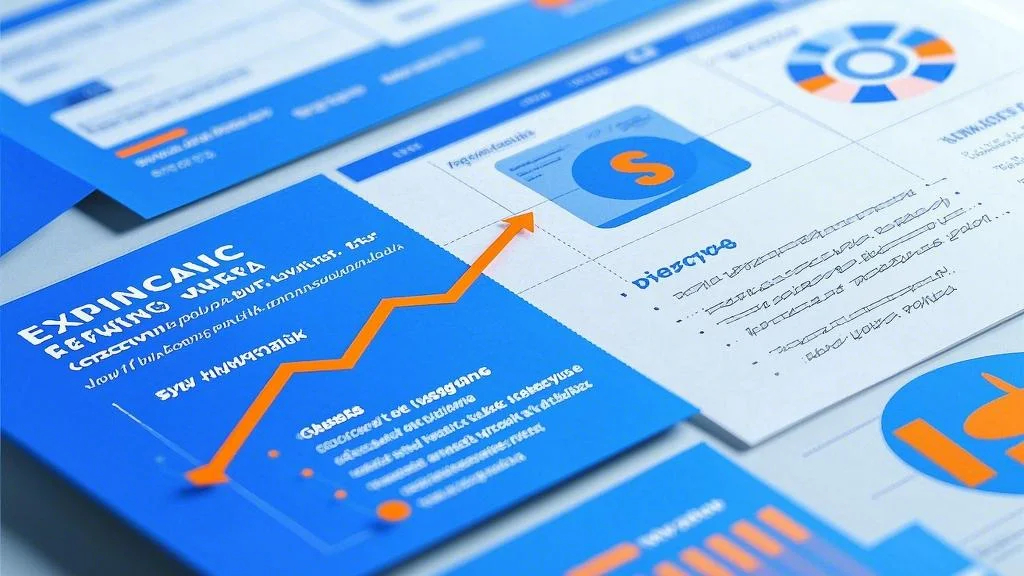Explore the latest trends and insights into the structured settlement market as we approach 2025. This article delves into the key factors influencing settlement rates, the impact of economic shifts, and what this means for parties involved in legal disputes.

part 1:
Structured settlements have long been a cornerstone of resolving personal injury cases, product liability disputes, and other legal claims. These settlements provide plaintiffs with a steady stream of payments over time, ensuring financial stability and security. However, as we approach 2025, the structured settlement landscape is undergoing significant changes, driven by evolving market dynamics, economic shifts, and regulatory updates.
One of the most notable trends in the structured settlement market is the increasing complexity of settlement rates. These rates are influenced by a variety of factors, including interest rates, inflation, and the overall economic environment. In recent years, the Federal Reserve’s monetary policies have played a pivotal role in shaping these rates. For instance, the period of low-interest rates following the COVID-19 pandemic created opportunities for plaintiffs to secure more favorable settlement terms. However, as the economy begins to normalize, these rates are expected to adjust accordingly, potentially impacting the value of future settlements.
Another key factor driving the evolution of structured settlement rates is the rise of annuities and other financial products. Plaintiffs are increasingly opting for annuities as a means of receiving structured payments, due in part to the flexibility and tax advantages these products offer. This shift has led to a competitive landscape among insurance companies, which are vying to provide the most attractive annuity options. As a result, plaintiffs are benefitting from更有利的 settlement terms and greater financial planning certainty.
Moreover, the growing emphasis on long-term financial planning is reshaping how structured settlements are structured. Plaintiffs and their attorneys are now placing greater emphasis on the sustainability of payments over an extended period. This has led to a renewed focus on actuarial modeling and financial forecasting, ensuring that settlements are designed to meet the plaintiff’s needs well into the future.
In addition to these trends, the increasing use of technology is also influencing the structured settlement market. Online platforms and software tools are enabling parties to more efficiently calculate settlement rates, assess risks, and develop tailored payment plans. This technological advancements not only enhance the transparency of the process but also allow for more informed decision-making.
Looking ahead, the structured settlement market is expected to see continued growth, particularly as more plaintiffs recognize the benefits of these arrangements. However, the road to 2025 will likely be marked by both opportunities and challenges. Plaintiffs must stay informed about the latest trends and work closely with experts to ensure that their settlements align with their long-term financial goals.
part 2:
As we move closer to 2025, the structured settlement market is poised to face a number of challenges, many of which are tied to the broader economic environment. One of the most pressing issues is the potential for rising interest rates to impact settlement rates. With the Federal Reserve signaling a tightening of monetary policy to combat inflation, plaintiffs may find themselves in a competitive market where settlement rates are less favorable. This underscores the importance of proactive planning and negotiation to secure the best possible terms.
Another challenge lies in the increasing complexity of structured settlements themselves. As plaintiffs demand more customized payment plans, the intricacies of these arrangements can create both opportunities and pitfalls. For example, plaintiffs may seek to tie settlement payments to specific economic indicators, such as inflation or employment rates. While this approach can provide greater flexibility, it also introduces a degree of uncertainty that parties must carefully manage.
To navigate these challenges, plaintiffs and their legal teams must adopt a strategic approach to settlement negotiations. This includes conducting thorough research to understand the current market rates, leveraging data to support their claims, and collaborating with financial experts to develop robust payment plans. By taking these steps, plaintiffs can better position themselves to secure settlements that meet their needs in an increasingly dynamic market.
Additionally, the growing emphasis on transparency and fairness in legal proceedings is reshaping the structured settlement landscape. Courts are increasingly holding parties accountable for the terms of settlements, ensuring that plaintiffs are not left disadvantaged in the long term. This shift is leading to a greater focus on mutual understanding and agreement, with both plaintiffs and defendants working toward a resolution that is equitable for all parties involved.
As 2025 approaches, the structured settlement market is also expected to see continued innovation. New financial products and technologies are likely to emerge, offering plaintiffs even greater flexibility and control over their settlements. For instance, the development of index-based annuities and other variable payment plans could provide plaintiffs with a way to hedge against economic uncertainties while still ensuring a steady income stream.
In conclusion, the structured settlement market is entering a new era as we approach 2025. While there are challenges to navigate, the opportunities for plaintiffs to secure favorable terms and achieve long-term financial stability are greater than ever before. By staying informed, working collaboratively, and leveraging the latest tools and insights, plaintiffs can continue to benefit from the many advantages that structured settlements offer. The future of the structured settlement market is bright, and those who adapt to the changing landscape will be well positioned to succeed.